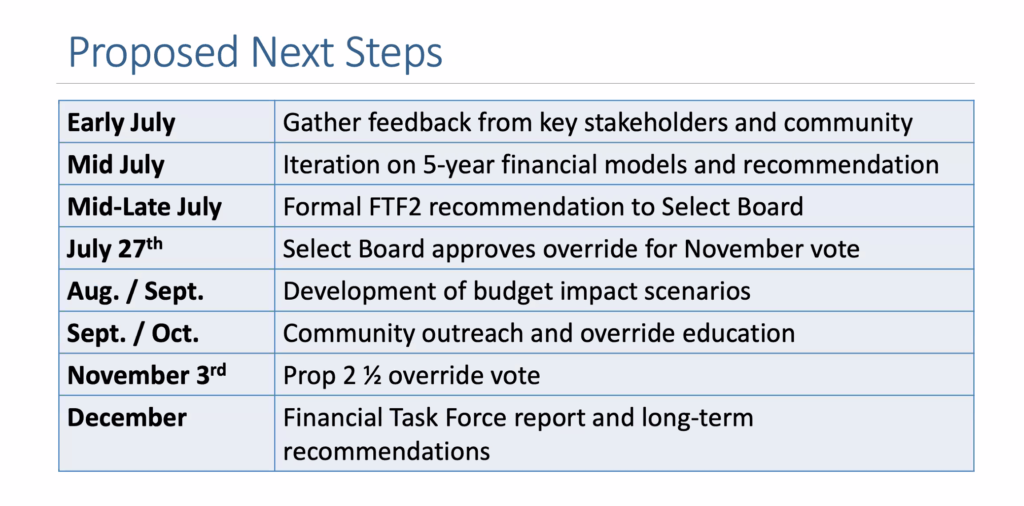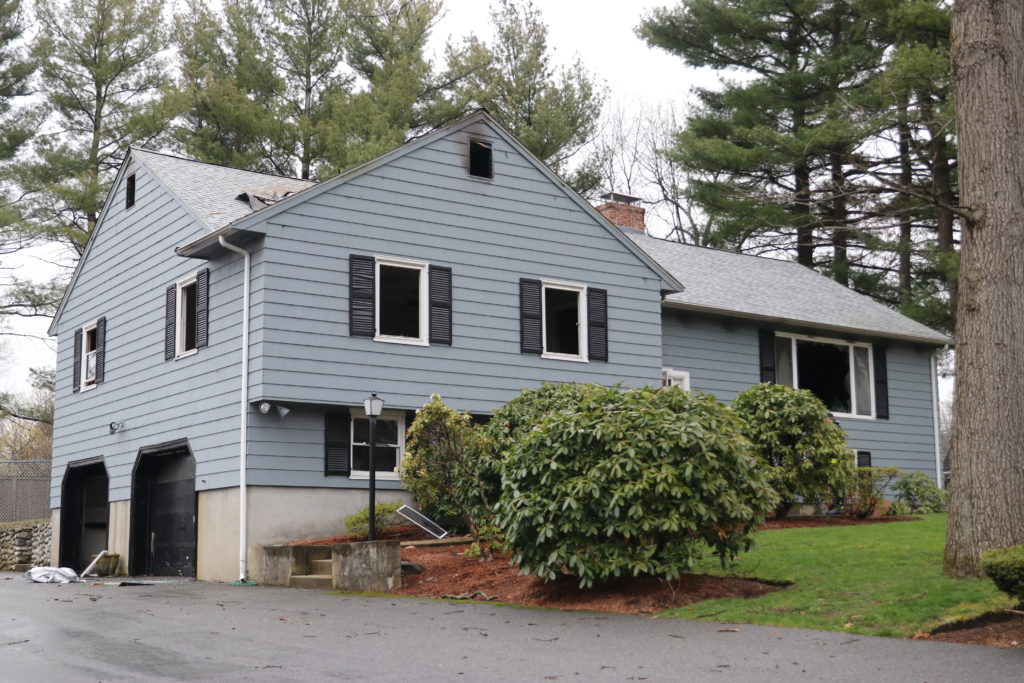Photo: Belmont Police officers are coming under increasing abuse from some in the public
In the past few months, Belmont Police officers have been receiving an increasing amount of verbal abuse from some members of the public, according to Belmont Police Chief James MacIsaac in a report to the Select Board.
Officers report they often receive the “middle finger” or people yell “something derogatory at them on a weekly basis,” said MacIsaac.
In one of the most blatant incidents, almost daily a person driving along Concord Avenue stops, or slows down, at the detail officer and shouts “F–k you, murderer!” or “ACAB” which, according to Board Chair Roy Epstein, “stands for something you can look up … because it’s not a nice term.”
Additionally, anti-police graffiti has been tagged in town with the aforementioned “ACAB” that was recently painted on the underpass of the commuter rail bridge at Belmont Center.
And in one case, the abuse turned physical, according to MacIsaac. On Friday afternoon, Sept. 11, a patrol sergeant responding to an emergency call was driving on Waverley when somebody threw a full cup of coffee across his windshield.
While Belmont Police have experienced the occasional incident by a member of the public, rarely has it been sustained over time and committed by several people.
The reaction from the Select Board was one of dismay that members of the community would attack public safety officers.
“I’m astonished that you think behavior like that is appropriate for a police force that is highly professional, highly courteous, and does a great job,” said Epstein.
“I understand that there is a lot of protest going on nationwide. But I think we need to make sure that we continue to treat the officers in Belmont with the appropriate level of courtesy and respect for the professional job that they deliver to the community,” said Tom Caputo of the Board.
Select Board Member Adam Dash pointed out that MacIsaac and the department have been very supportive of all those police reforms, including when in June high school students held a rally for Black Lives Matters.
“To lash out at them over something like that, it was just barking the wrong tree entirely,” said Dash.
Epstein believed that most Belmontians are supportive of the department and should take the time to demonstrate that fact.
“I would ask is for other members of the public, is when you go by a police officer, maybe you can slow down and say something nice to them, and show that they’re actually appreciated,” said Epstein.

